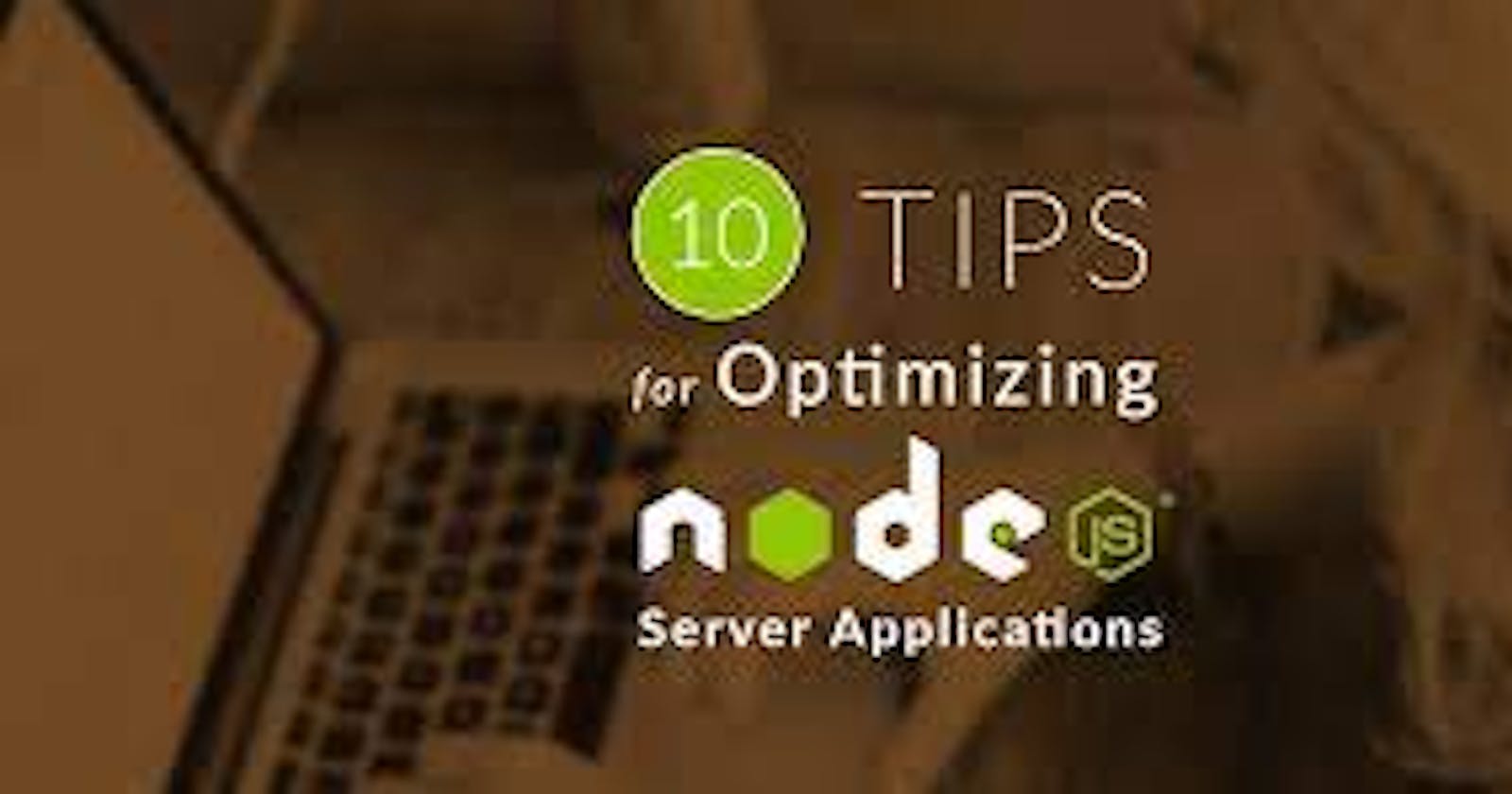Tips and Tricks for Optimizing Node.js Performance and Memory Usage
Node JS Optimization
Table of contents
No headings in the article.
Profiling and monitoring Node.js applications using tools such as Node.js built-in profiler, or other libraries like clinic.js,node-inspector, and heapdump.
Understanding and minimizing the use of blocking code, and how to use async/await and Promises to handle asynchronous operations.
Minimizing the use of global variables and avoiding creating unnecessary closures.
Using a memory management library like gc-stats to check the garbage collector's performance and identify memory leaks.
Using a caching library like node-cache or Redis to cache frequently used data, reduces the number of database queries.
By utilizing connection pooling and load balancing when working with databases to improve database performance.
Optimizing the performance of database queries using indexes and other techniques.
Utilizing a Content Delivery Network (CDN) for static assets such as images and videos. Optimizing server-side rendering and code splitting in JavaScript frameworks like React and Vue.
Use node-cluster to improve the performance of node.js by utilizing multiple CPU cores.
